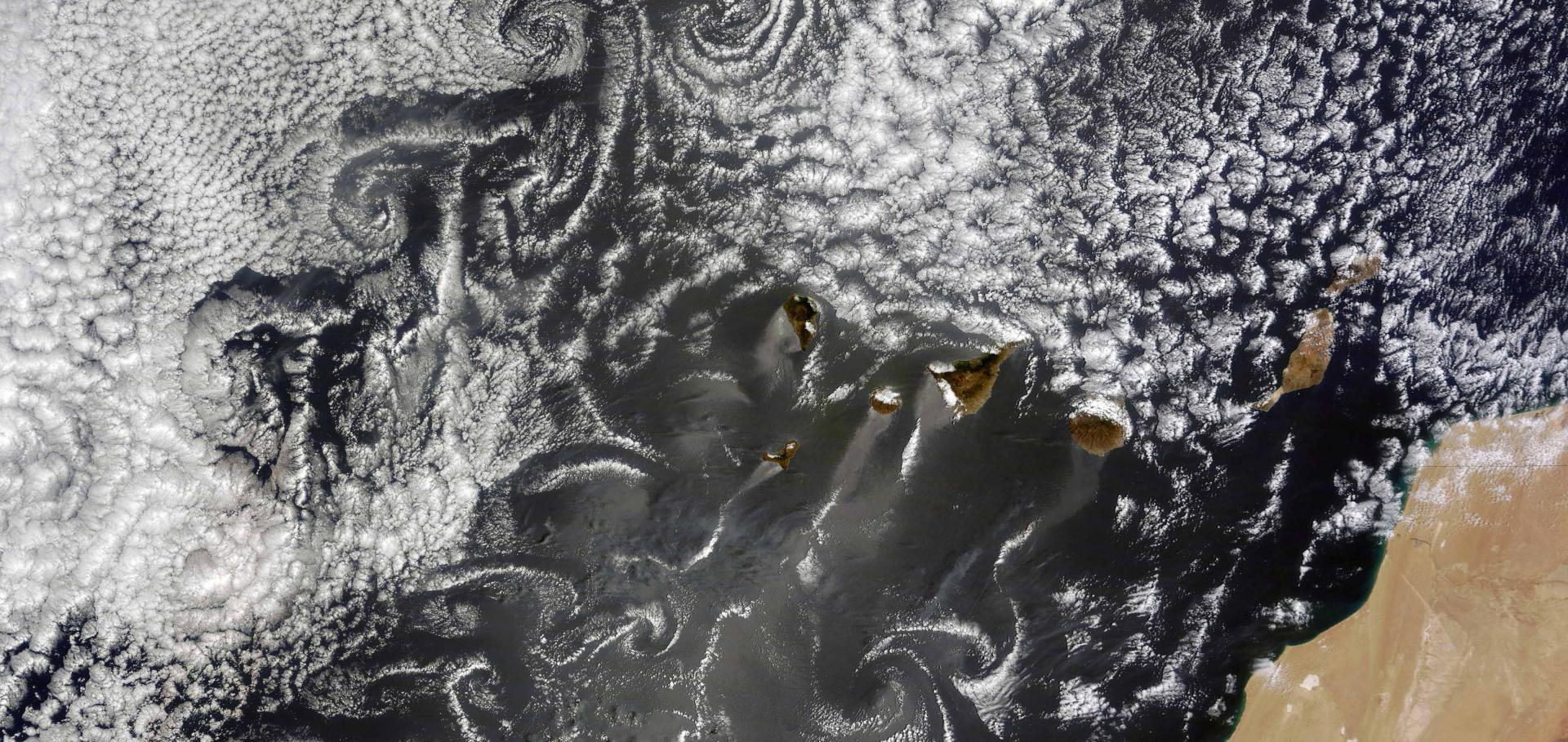The aerosol contribution to the rate of anthropogenic warming since 2000
Copernicus Publications (2022)
The impact of land-sea contrasts in the aggregation of convection
Copernicus Publications (2022)
Tropical and boreal forest – atmosphere interactions: A review
Tellus B: Chemical and Physical Meteorology Stockholm University Press 74 (2022) 24-163
Abstract:
This review presents how the boreal and the tropical forests affect the atmosphere, its chemical composition, its function, and further how that affects the climate and, in return, the ecosystems through feedback processes. Observations from key tower sites standing out due to their long-term comprehensive observations: The Amazon Tall Tower Observatory in Central Amazonia, the Zotino Tall Tower Observatory in Siberia, and the Station to Measure Ecosystem-Atmosphere Relations at Hyytiäla in Finland. The review is complemented by short-term observations from networks and large experiments. The review discusses atmospheric chemistry observations, aerosol formation and processing, physiochemical aerosol, and cloud condensation nuclei properties and finds surprising similarities and important differences in the two ecosystems. The aerosol concentrations and chemistry are similar, particularly concerning the main chemical components, both dominated by an organic fraction, while the boreal ecosystem has generally higher concentrations of inorganics, due to higher influence of long-range transported air pollution. The emissions of biogenic volatile organic compounds are dominated by isoprene and monoterpene in the tropical and boreal regions, respectively, being the main precursors of the organic aerosol fraction. Observations and modeling studies show that climate change and deforestation affect the ecosystems such that the carbon and hydrological cycles in Amazonia are changing to carbon neutrality and affect precipitation downwind. In Africa, the tropical forests are so far maintaining their carbon sink. It is urgent to better understand the interaction between these major ecosystems, the atmosphere, and climate, which calls for more observation sites, providing long-term data on water, carbon, and other biogeochemical cycles. This is essential in finding a sustainable balance between forest preservation and reforestation versus a potential increase in food production and biofuels, which are critical in maintaining ecosystem services and global climate stability. Reducing global warming and deforestation is vital for tropical forests.The global atmosphere‐aerosol model ICON‐A‐HAM2.3 - initial model evaluation and effects of radiation balance tuning on aerosol optical thickness
Journal of Advances in Modeling Earth Systems American Geophysical Union 14:4 (2022) e2021MS002699
Abstract:
The Hamburg Aerosol Module version 2.3 (HAM2.3) from the ECHAM6.3-HAM2.3 global atmosphere-aerosol model is coupled to the recently developed icosahedral nonhydrostatic ICON-A (icon-aes-1.3.00) global atmosphere model to yield the new ICON-A-HAM2.3 atmosphere-aerosol model. The ICON-A and ECHAM6.3 host models use different dynamical cores, parameterizations of vertical mixing due to sub-grid scale turbulence, and parameter settings for radiation balance tuning. Here, we study the role of the different host models for simulated aerosol optical thickness (AOT) and evaluate impacts of using HAM2.3 and the ECHAM6-HAM2.3 two-moment cloud microphysics scheme on several meteorological variables. Sensitivity runs show that a positive AOT bias over the subtropical oceans is remedied in ICON-A-HAM2.3 because of a different default setting of a parameter in the moist convection parameterization of the host models. The global mean AOT is biased low compared to MODIS satellite instrument retrievals in ICON-A-HAM2.3 and ECHAM6.3-HAM2.3, but the bias is larger in ICON-A-HAM2.3 because negative AOT biases over the Amazon, the African rain forest, and the northern Indian Ocean are no longer compensated by high biases over the sub-tropical oceans. ICON-A-HAM2.3 shows a moderate improvement with respect to AOT observations at AERONET sites. A multivariable bias score combining biases of several meteorological variables into a single number is larger in ICON-A-HAM2.3 compared to standard ICON-A and standard ECHAM6.3. In the tropics, this multivariable bias is of similar magnitude in ICON-A-HAM2.3 and in ECHAM6.3-HAM2.3. In the extra-tropics, a smaller multivariable bias is found for ICON-A-HAM2.3 than for ECHAM6.3-HAM2.3.Supplementary material to "Source attribution of cloud condensation nuclei and their impact on stratocumulus clouds and radiation in the south-eastern Atlantic"
(2022)


